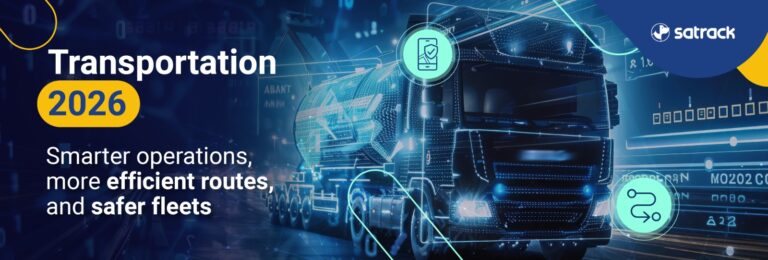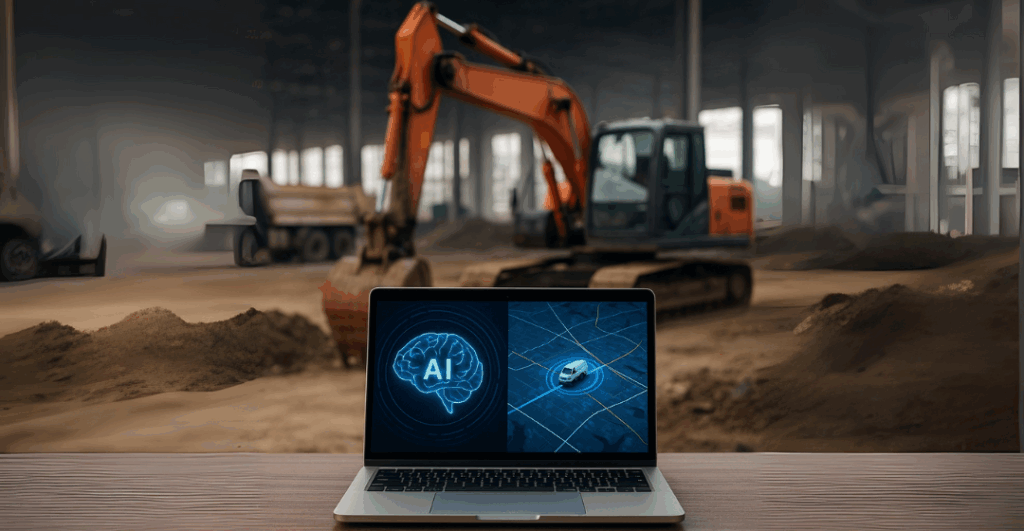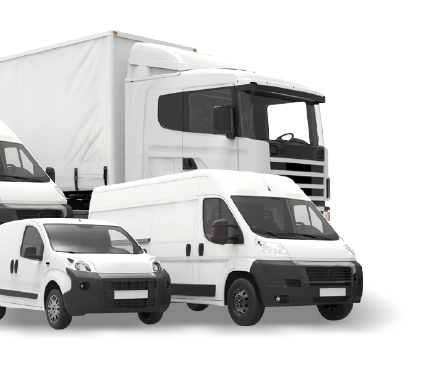Introduction: Is Your Construction Business Wasting Time on the Road?
Imagine this: your crew gets stuck in traffic for 45 minutes. Another team goes across town to a job they weren’t best equipped for. By the end of the day, you’ve burned through hours of labor, gallons of fuel, and missed one or two jobs.
This isn’t a bad day—it’s a typical day for many construction businesses using outdated dispatching and routing systems.
But what if a smart system—using AI in construction vehicles—could fix all of that? What if your software could think ahead, learn from patterns, and send the right team to the right place at the right time?
Welcome to the new way to manage your fleet: AI-powered route optimization and dispatching, built for today’s construction industry.
The Problem with Traditional Dispatching in the Construction Industry
Delays from Poor Planning and Manual Assignments
Dispatching is hard. When done by hand or using basic software, it often leads to:
- Sending the wrong crew for the job
- Poor communication between office and field
- Wasted hours trying to reorganize on the fly
The result? Delayed timelines, higher costs, and frustrated teams.
Fuel Waste and Worker Idle Time
If your teams spend more time driving than building, you’re throwing away money. Without optimized routes:
- Crews may travel longer distances
- Equipment sits idle at job sites
- Jobs take longer to complete
You can’t grow if you’re constantly putting out logistical fires.
What Is AI and How Is It Used in Construction Fleet Management?
Simple Definition of AI for Business Owners
AI (Artificial Intelligence) is like a super smart assistant that:
- Learns from past jobs
- Predicts the best routes and schedules
- Makes real-time decisions based on current traffic, weather, and job needs
It doesn’t replace your team—it empowers them.
Real-Time Decision Making: Smarter Than Any Dispatcher
AI can:
- Choose the shortest or fastest route
- Adjust routes when traffic or delays pop up
- Match jobs with nearby teams already equipped
All within seconds, without needing your manual input.
How AI Optimizes Route Planning in Construction Operations
GPS + AI: Predicting Traffic, Delays, and Best Routes
A regular GPS system shows where a vehicle is. But AI-enhanced GPS systems do more:
- Detect heavy traffic in real time
- Choose the best roads for heavy equipment
- Avoid construction zones or road closures
It takes all that data and instantly sends your crews where they’ll arrive fast and safely.
Cutting Down Fuel Use and Travel Time
With AI-optimized routing:
- You use less fuel
- Crews arrive faster
- You complete more jobs per week
That’s not just smart—it’s money in your pocket.
AI-Powered Dispatching: Getting the Right Crew to the Right Job at the Right Time
Smart Assignments Based on Location, Equipment, and Time
AI can analyze:
- Which team is closest
- Which crew has the right tools loaded
- How long it will take to finish the current job
Then it automatically assigns the best-fit team to the next job.
Reducing Downtime Between Jobs
Idle time kills productivity. AI reduces it by:
- Tracking when jobs are nearly done
- Auto-assigning the next task
- Minimizing gaps between appointments
So instead of waiting around, your team is always moving forward.
Why Construction Companies in TX, FL, and CA Are Adopting AI Tools
Climate, Distance, and Urban Traffic Challenges
These states have:
- Long-distance travel between job sites
- Heavy city traffic
- Weather changes that affect scheduling
AI helps navigate all of that—in real time.
The Competitive Edge AI Provides in High-Demand Regions
Construction is booming, and margins are tight. AI helps you:
- Finish more jobs on time
- Avoid overtime pay
- Reduce fuel and maintenance costs
In a competitive market, AI is your advantage.
Case Study: A Mid-Sized Construction Company Boosts Productivity with AI + GPS Monitoring
Before AI: Missed Deadlines and Misused Resources
This company in Texas struggled with:
- Poor scheduling
- Miscommunication
- High fuel bills
They had a strong crew—but no control over logistics.
After AI: Faster Jobs, Less Fuel, More Revenue
After implementing AI-based GPS tracking and dispatch:
- Fuel use dropped 25%
- Crew productivity rose 40%
- On-time job completion improved by 60%
They didn’t hire more people. They just used smarter tools.
Choosing the Right GPS Monitoring and AI Platform
Features to Look For: Real-Time Data, Alerts, and Integrations
Your system should include:
- Real-time vehicle tracking
- AI-powered dispatching
- Custom alerts for unsafe driving or delays
- Integration with your job scheduling software
Look for platforms that fit your exact needs, not generic solutions.
Support for Small to Mid-Sized Fleets
Even if you run only 5 or 10 trucks, AI can help. The best systems:
- Scale as you grow
- Offer mobile apps for easy access
- Provide U.S.-based customer support
You don’t need to be a tech expert to get results.
FAQs About AI in Construction Fleet Vehicles
- Is AI only for big companies?
Not at all. Small and mid-sized fleets benefit just as much, maybe more. - Do I need new vehicles to use AI tools?
No. Most systems work with your current fleet using GPS trackers and mobile devices. - Will my crew accept AI tracking?
With transparency, most crews appreciate it. It helps them avoid mistakes and prove their value. - How long before I see results?
Many companies see improvements within 30 days, with full ROI in under 90. - Does this replace my dispatcher?
No. It supports your dispatcher with better data and automatic suggestions.
Conclusion: Smart AI Tools = Smarter Construction Workflows
If you’re in the construction industry—especially in Texas, Florida, or California—you can’t afford inefficiency.
With AI in vehicles, powered by GPS monitoring, you’ll:
- Complete more jobs
- Use less fuel
- Avoid mistakes
- Make your team more productive
AI is no longer a luxury—it’s a tool built for companies like yours.
Ready to stop wasting time and start building smarter?


